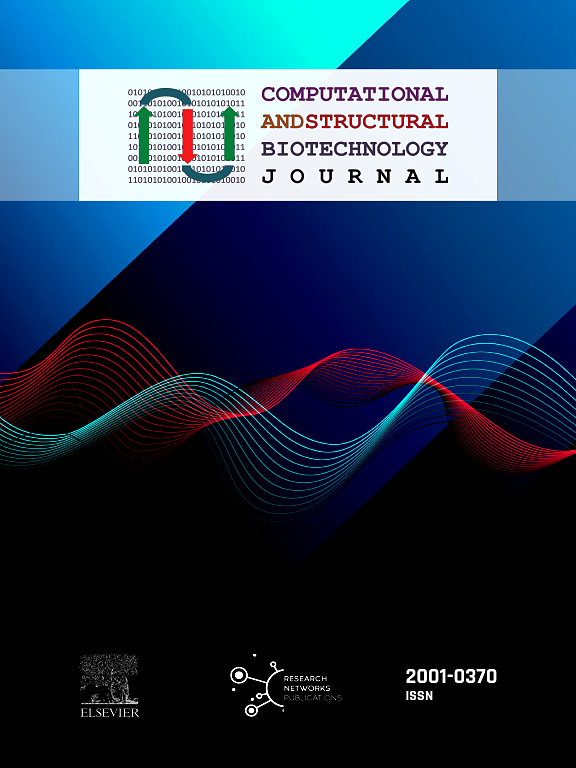抗体生成模型最新进展综述
IF 4.4
2区 生物学
Q2 BIOCHEMISTRY & MOLECULAR BIOLOGY
Computational and structural biotechnology journal
Pub Date : 2024-06-20
DOI:10.1016/j.csbj.2024.06.016
引用次数: 0
摘要
治疗性抗体是一类重要的生物制药。随着深度学习方法的快速发展和抗体数据量的不断增加,抗体生成模型近年来取得了长足的进步。它们旨在解决抗体空间搜索问题,并被广泛纳入抗体开发流程。因此,全面介绍该领域的开发方法势在必行。在此,我们收集了最近发表的 34 个具有代表性的抗体生成模型,并根据其原理和算法将所有生成模型分为三类:序列生成模型、结构生成模型和混合模型。我们进一步研究了它们在抗体序列预测、结构优化和亲和力增强方面的性能和贡献。我们的手稿将全面概述抗体生成模型的现状,并为选择不同的方法提供指导。本文章由计算机程序翻译,如有差异,请以英文原文为准。
A comprehensive overview of recent advances in generative models for antibodies
Therapeutic antibodies are an important class of biopharmaceuticals. With the rapid development of deep learning methods and the increasing amount of antibody data, antibody generative models have made great progress recently. They aim to solve the antibody space searching problems and are widely incorporated into the antibody development process. Therefore, a comprehensive introduction to the development methods in this field is imperative. Here, we collected 34 representative antibody generative models published recently and all generative models can be divided into three categories: sequence-generating models, structure-generating models, and hybrid models, based on their principles and algorithms. We further studied their performance and contributions to antibody sequence prediction, structure optimization, and affinity enhancement. Our manuscript will provide a comprehensive overview of the status of antibody generative models and also offer guidance for selecting different approaches.
求助全文
通过发布文献求助,成功后即可免费获取论文全文。
去求助
来源期刊

Computational and structural biotechnology journal
Biochemistry, Genetics and Molecular Biology-Biophysics
CiteScore
9.30
自引率
3.30%
发文量
540
审稿时长
6 weeks
期刊介绍:
Computational and Structural Biotechnology Journal (CSBJ) is an online gold open access journal publishing research articles and reviews after full peer review. All articles are published, without barriers to access, immediately upon acceptance. The journal places a strong emphasis on functional and mechanistic understanding of how molecular components in a biological process work together through the application of computational methods. Structural data may provide such insights, but they are not a pre-requisite for publication in the journal. Specific areas of interest include, but are not limited to:
Structure and function of proteins, nucleic acids and other macromolecules
Structure and function of multi-component complexes
Protein folding, processing and degradation
Enzymology
Computational and structural studies of plant systems
Microbial Informatics
Genomics
Proteomics
Metabolomics
Algorithms and Hypothesis in Bioinformatics
Mathematical and Theoretical Biology
Computational Chemistry and Drug Discovery
Microscopy and Molecular Imaging
Nanotechnology
Systems and Synthetic Biology
 求助内容:
求助内容: 应助结果提醒方式:
应助结果提醒方式:


